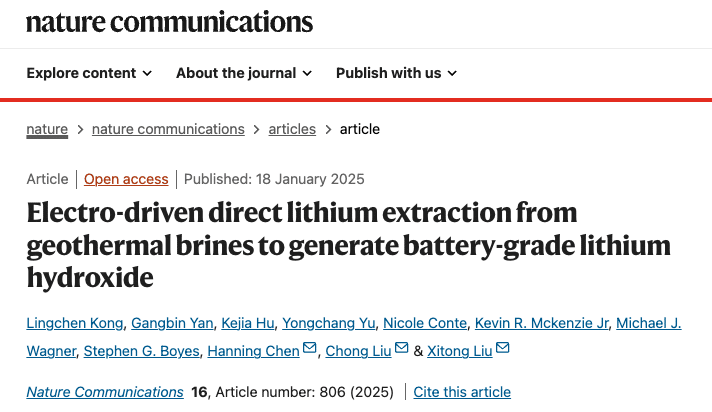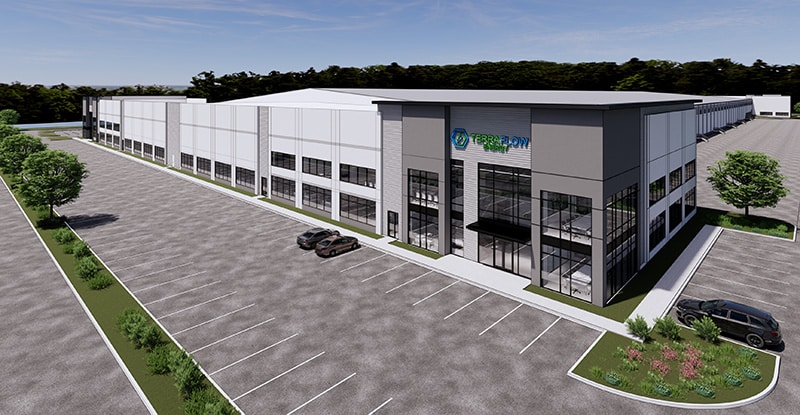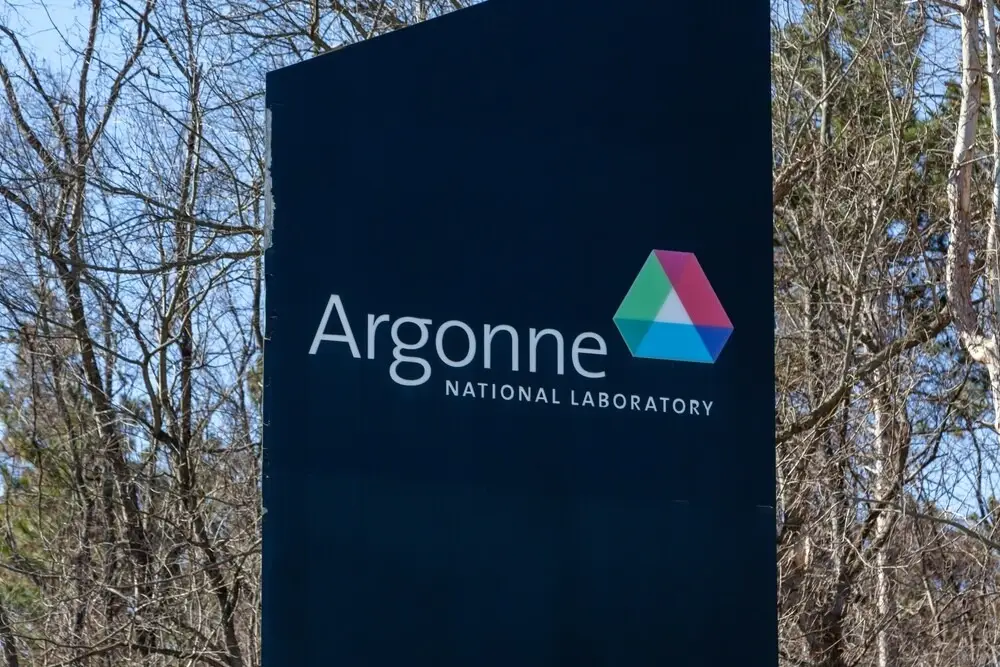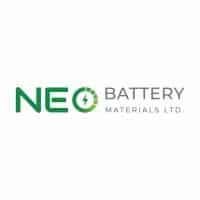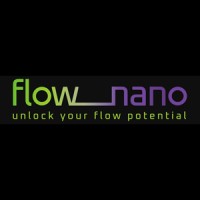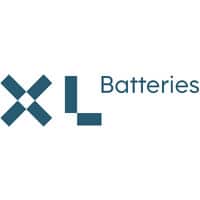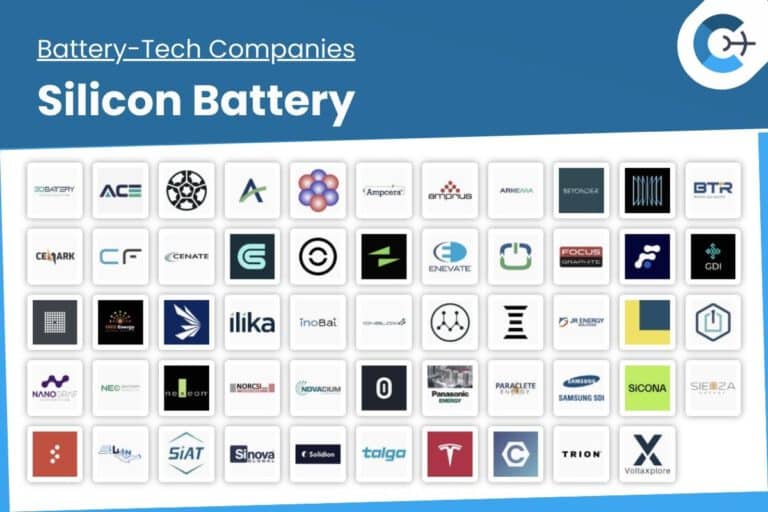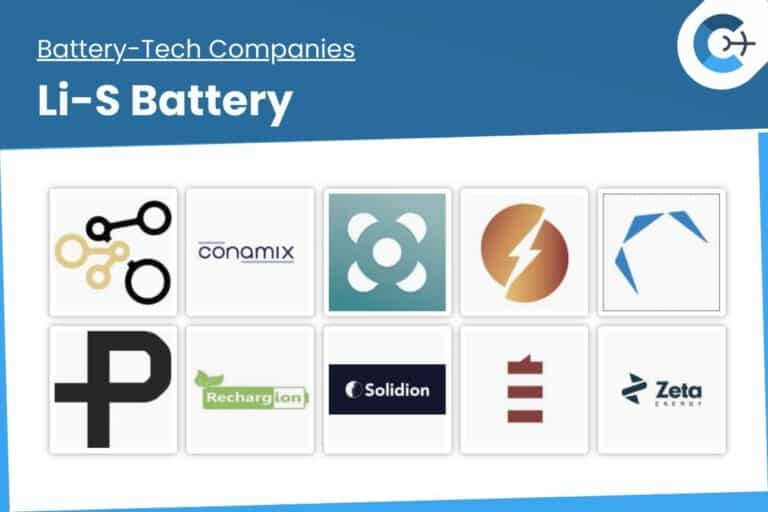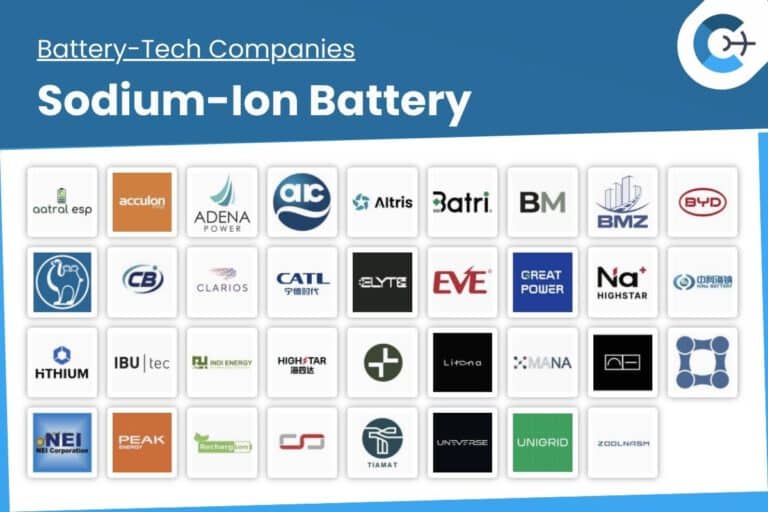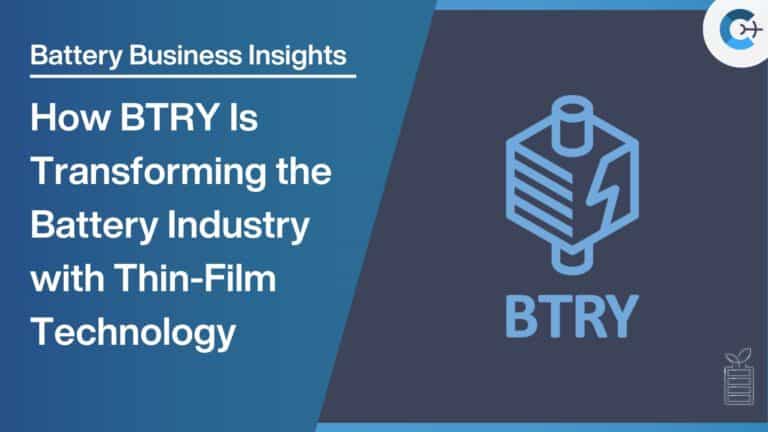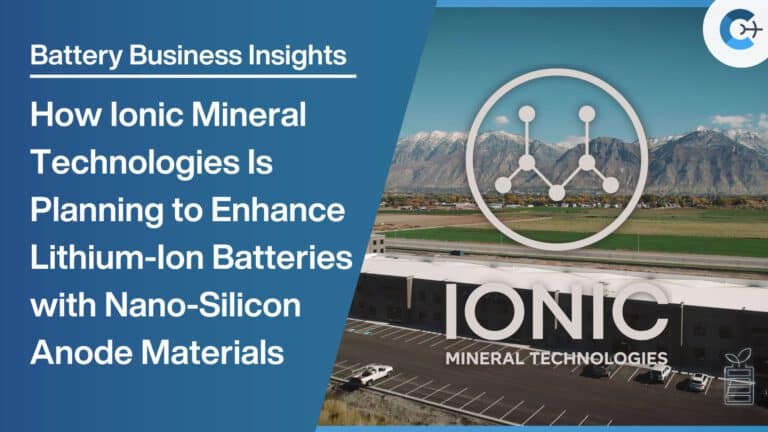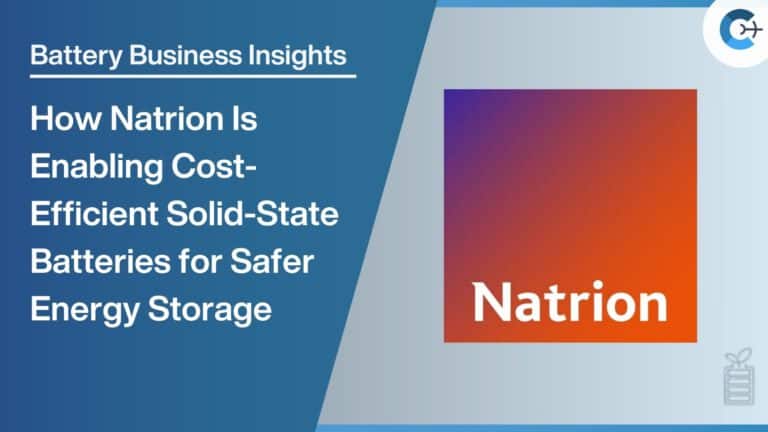Researchers at The George Washington University, in collaboration with other institutions, have developed a novel method for the direct extraction and purification of lithium from geothermal brines intended for use in electric vehicle batteries. This advancement is considered critical for the clean energy transition and enhancing resource independence in countries like the United States.
The newly developed process eliminates the use of harsh chemicals that can be harmful to the environment by utilizing a specialized material that selectively captures lithium ions from the brine. Once captured, the lithium is converted into lithium chloride and subsequently into lithium hydroxide, the grade required for electric vehicle batteries. An economic analysis conducted by the research team revealed that this method can produce battery-grade lithium at costs competitive with existing extraction techniques.
Current lithium sources, including hard-rock mining and salt flat extraction, are projected to be inadequate to meet the future global demand. This study presents an environmentally friendly alternative by tapping into geothermal brines, particularly from regions like the Salton Sea in California. The ability to extract lithium from such alternative sources is pivotal for sustainable growth in the electric vehicle sector and for minimizing environmental impacts associated with traditional extraction methods.
The research team plans to test the technology at a larger scale in the upcoming years. Their study, titled “Electro-driven direct lithium extraction from geothermal brines to generate battery-grade lithium hydroxide,” has been published in Nature Communications. The publication highlights the potential of this method to contribute significantly to the lithium supply chain necessary for the burgeoning electric vehicle market.
Source: GW Media Relations

